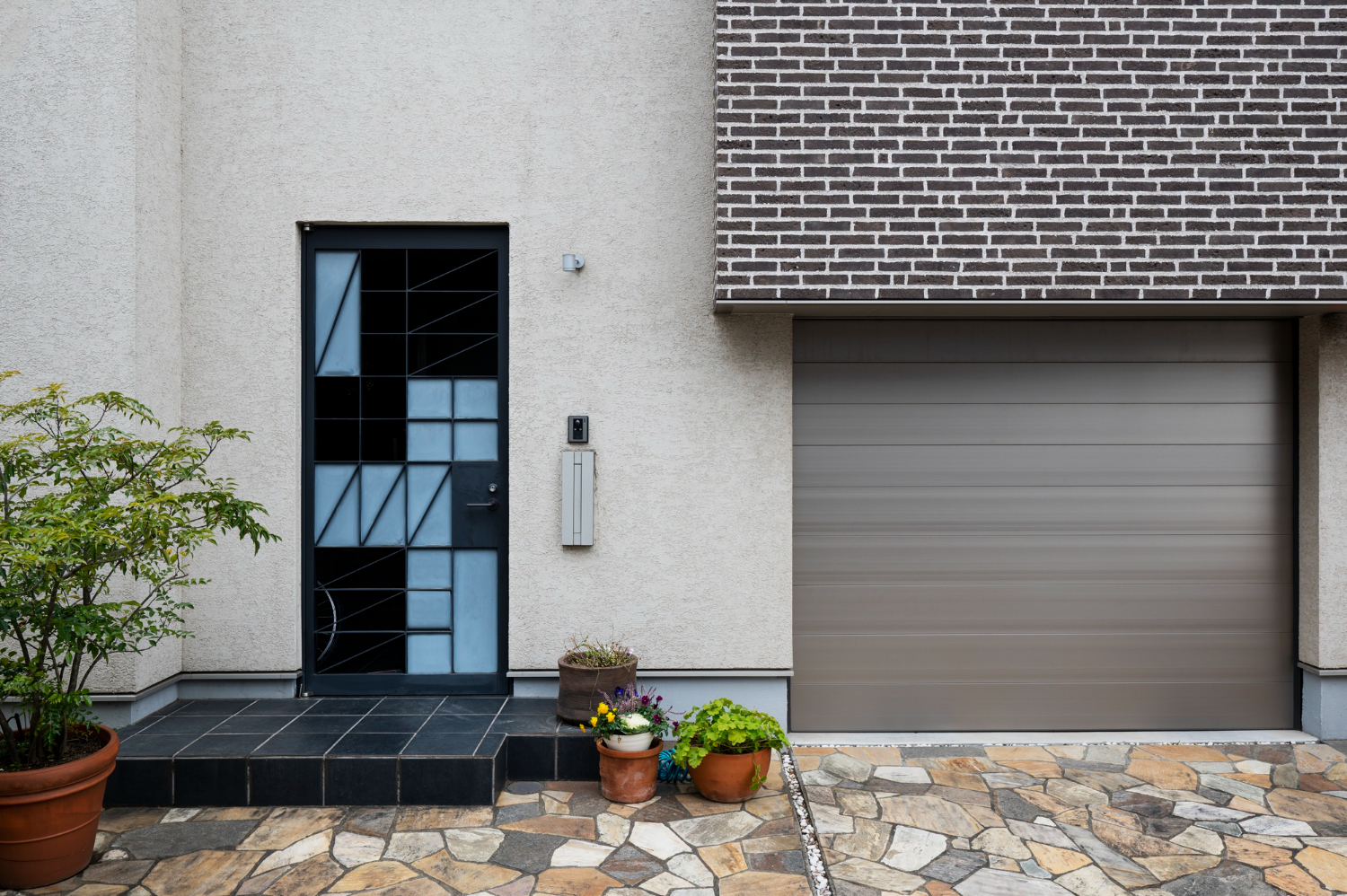
Maintaining basic maintenance can prevent small hardware issues from becoming major problems. Whether you have a garage door opener or not, there are a few things every homeowner should check on regularly.
Do not attempt to make any adjustments or repairs to high-tension springs requiring a trained technician. Test the safety sensors by laying a piece of wood across the floor in the path of the closing door. When the sensors detect something, they should reverse and open.
Table of Contents
Check the Lift Cables
The lifting cable is crucial to counterbalance the weight of your garage door. It helps it move smoothly without jerking. It would help to inspect it for damage regularly, at least twice yearly. This includes looking for fraying, rusting, and worn ends. Spraying the cables with a garage door spray lube can help prevent oxidation and extend their life.
While checking your cables, you should also test the safety eyes (the sensors that keep a door from closing if something is in the way) by waving a long object—like a broomstick or golf club—in front of one. If you’re lucky, the sensor can detect the obstacle and reverse the direction of the door. If it doesn’t, that could indicate that a cable has snapped. If you find a broken cable, call a professional for garage door repair or replacement. Always wear protective gloves when doing DIY repairs. Use a secure ladder and lock the rungs with locking pliers so it doesn’t accidentally fall or slip during your repair work.
Adjust the Track Brackets
Over time, garage doors can become misaligned for some reason. Accidentally backing into the door with a car or everyday use can cause garage parts to shift and no longer operate properly.
The first thing you need to do is check the track brackets. These metal pieces attach the tracks to the garage frame and, if they’re loose, can cause the door to bind when it moves up and down. Loose track brackets can easily be tightened, but you may need to replace them if they’re damaged or old.
Next, examine the vertical part of your door’s metal tracks for dents and other signs of damage. Standing on a ladder, you can often repair small dents in the track with a rubber mallet. For more serious damage, you may need a special track anvil to straighten the tracks back into shape. This is a job that’s best left to professional technicians.
Inspect the Bottom Seals
Parts for residential garage doors, such as tracks and rollers, can become damaged by moisture, debris, or lack of proper lubrication. This may make them unable to move smoothly, making it difficult for the door to open and close.
During your inspection, look for rusting and other signs of damage to these components and lubricate them if necessary. Inspecting the bottom seal for any signs of wear is also important. If it is worn, pests can get into your home.
It’s also good to check for other signs of wear and tear, such as cracks or broken strands on your springs. It’s a good idea to replace these with new ones if damaged.
Clean the Tracks and Rollers
As with any mechanical device, the various garage door pieces will require a little maintenance over time. Lubricating the rollers, hinges, and springs regularly will help prevent them from breaking down and make your garage door operate more smoothly. Many hardware stores sell a special spray lubricant for garage doors, but you can also use WD-40.
The rollers’ tracks can get clogged with dirt, inhibiting their movement and throwing off the door’s alignment. Using a metal brush or toothbrush, gently scrub the tracks and wipe them clean with household cleaner.
You should also regularly check the track brackets for tightness and look at the metal tracks for dents or flat areas that could cause misalignment. A rubber hammer or a wood block can be used to pound out minor blemishes in the tracks, but major damage will need to be repaired by a professional.